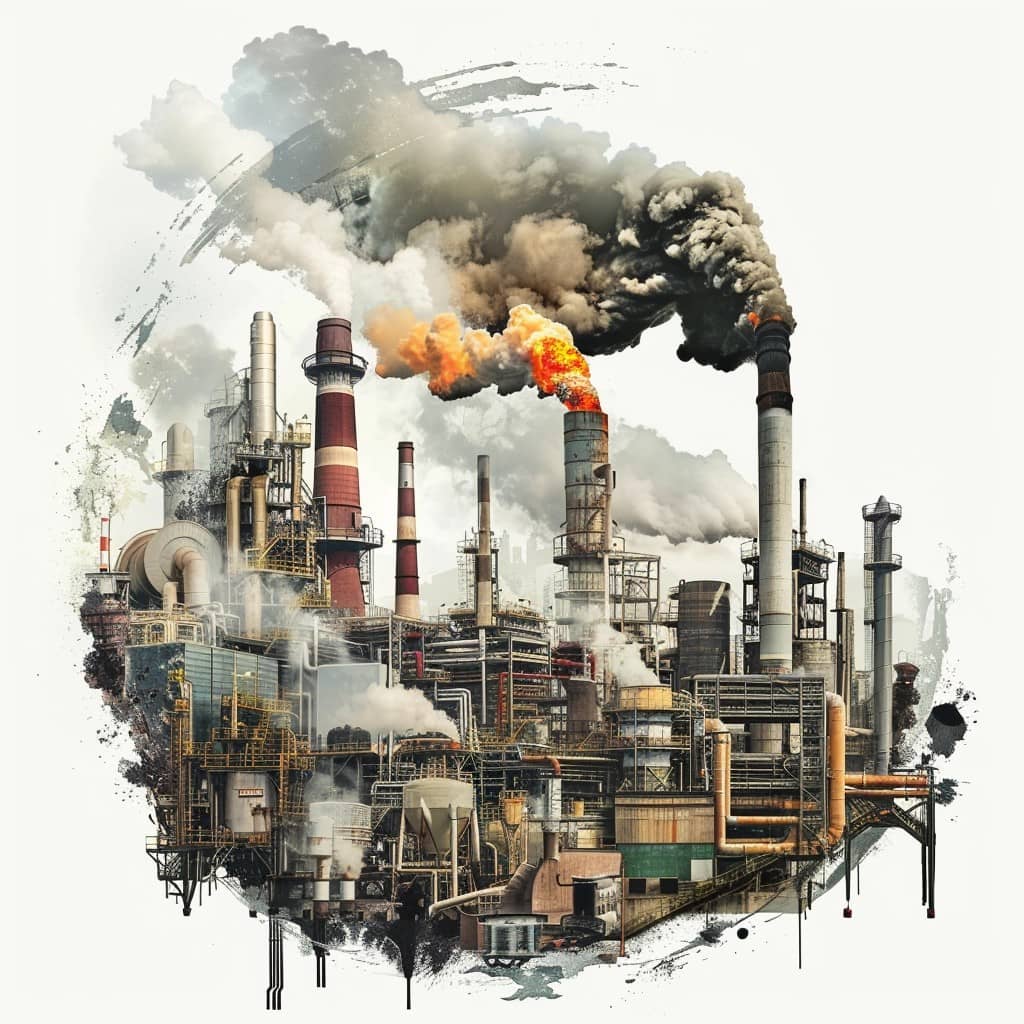Fifty-seven. It seems like an insignificant number when compared to the 8 billion inhabitants of the planet. Nevertheless, according to a new report of the InfluenceMap think tank, just 57 companies and states are responsible by as much as 80% of global CO2 emissions from fossil fuels and cement over the past seven years. A fact that makes us reflect on the real effectiveness of the objectives set by the Paris Agreement in 2015.
CO₂ emissions, the weight of the "carbon majors"
The InfluenceMap study is based on the “Carbon Majors” database, created in 2013 by Richard Heede of the Climate Accountability Institute, in the USA. This archive collects fossil fuel production data from 122 of the world's largest oil, gas, coal and cement companies.
Analyzing these numbers, the report paints a worrying picture. Despite commitments made in Paris, cement and fossil production has reached record levels, with most of the growth in emissions attributable to a small group of industry giants.
Objectives at risk
The lack of progress by large companies in the sector (exacerbated by the deception of greenwashing) will force the world to undertake increasingly steep and stringent decarbonization trajectories to achieve the goal of maintaining global warming well below 2°C.
The “Carbon Majors” database highlights how crucial it is that companies and countries are held accountable for their inaction on reducing emissions. Businesses must define clear strategies to align with the Paris targets, constantly monitoring their progress.

CO2 emissions, a "carbon budget" for companies?
To address this issue, a team of researchers from the Universities of Queensland, Oxford and Princeton have developed a framework that outlines rigorous, science-based requirements for tracking companies' progress towards trajectories compatible with decarbonisation.
By applying this schema to the “Carbon Majors” database, the team compared production “budgets”. of 142 fossil fuel companies with different global scenarios. Considering the scenario “middle-of-the-road“, commonly used by investors to assess climate risks, between 2014 and 2020, coal, oil and gas companies produced 64%, 63% and 70% more than allowed, respectively.
Towards greater transparency
In the 7-year period covered by the InfluenceMap report, nation states and state-owned companies are primarily responsible for this growth. It is not yet clear whether these entities will move towards more rigorous reporting. In any case, further government interventions will be necessary to achieve the emission reduction objectives.
For publicly listed companies, however, new climate reporting standards were released in 2023 that should provide investors, politicians and the public with more transparent and consistent data, making it much easier to accurately assess companies' climate performance.
Urgent and concrete action
Quantifying the production of fossil fuels and cement, and the associated CO2 emissions, is essential. But companies must also act. Achieving climate neutrality by reducing emissions from a relatively small number of companies will be much easier than convincing 8 billion people to take collective action.
However, such drastic cuts must be accompanied by massive investments in renewable energy, which is increasingly abundant and cheaper. Without these concrete steps, the goals of the Paris Agreement will be unattainable, with potentially catastrophic consequences for our planet and our very survival.


